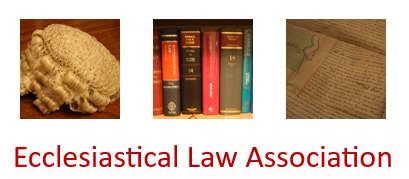The proposal was to remove the pews from the church and replace them with chairs from the Anglican Cathedral in Liverpool. The church is an elaborately-decorated Victorian church listed Grade II*, though from an inspection the Chancellor describes the pews as "not in a particularly good condition, certainly not ergonomically comfortable or efficient, but certainly simple in form". The church had gone through a period of decline, but was now developing with a mission for outreach, and wished to provide a more flexible space for a number of activities, including the hosting of food banks, messy church, arts projects, plays and concerts. The Chancellor concluded that the removal of the pews would not result in any particular harm to the significance of the building and its special architectural or historic interest, and that there would be substantial benefits to the church. He therefore granted a faculty.

